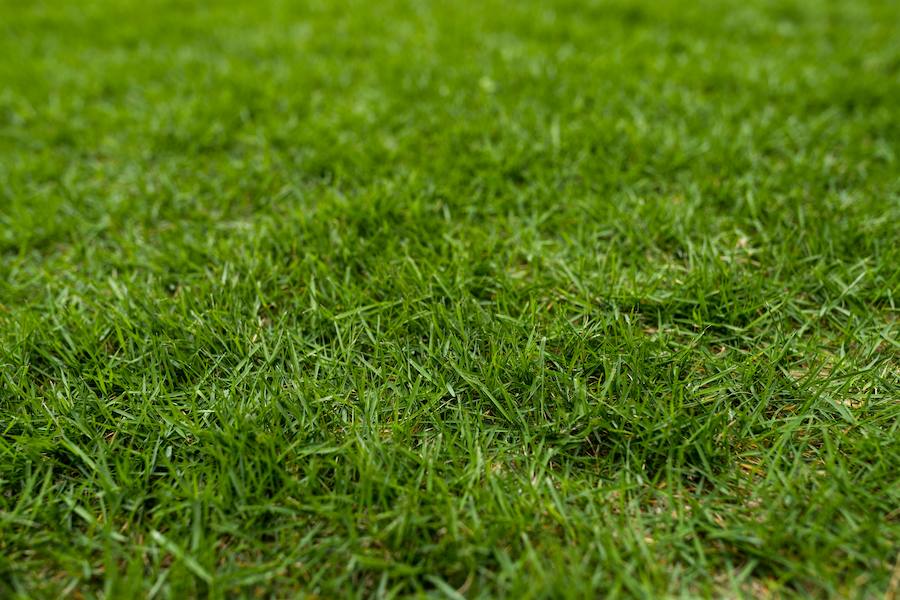Do you often look at your lawn with frustration and despair?
Is it plagued by unsightly patches of weeds, a lack of lush greenery, or an overall matted appearance?
Many homeowners struggle with common issues associated with their yards, including pests, disease, and weed control.
Lawn care isn’t easy—it takes time and knowledge to get right.
Although there are similarities in all lawns, the soil type, grass selection, and climate will vary from region to region.
Knowing how to pick the right grass for your yard is critical, but even if you’re successful at this part, some problems are likely to arise.
Luckily, there are ways to combat these issues and ensure that your lawn stays healthy regardless of the regional conditions.
We’ll review some of the most common problems associated with lawns as well as how to treat them and keep them looking green and vibrant.

A Basic Introduction
Common problems with lawns may range from weeds, patchy yellow sections of grass, and bare patches, to damage from insects, fungus, and even animals.
To get your lawn looking its best, it’s important to understand the causes of any issues.
With proper maintenance, many problems can be prevented or remedied. Nevertheless, when there is an issue it’s important to take action quickly to address the problem before it worsens or spreads.
Seeking help from gardening professionals or researching topics such as the best fertilizer for your lawn can ensure that you have the most attractive and healthy lawn possible.
Types of Weeds In Your Lawn & How To Treat Them
There are many different types of weeds that often appear in lawns.
Examples include broadleaf, crabgrass, and dandelions. These weeds compete with the grass and other plants for nutrients, water, and sunlight.
To get rid of them, it is important to treat them early before they can spread too far.
For example, hand weeding or hoeing can help clear small weeds from the lawn but are not always effective for larger or stubborn ones. Herbicides provide a great alternative to manual weed removal as they target specific types of weeds without damaging the grass or other plants.
Dealing With Fungal Issues
Fungal issues can cause considerable damage to grass and can be difficult to get rid of. To deal with them, it is important to closely monitor for signs of disease and take immediate action if anything unusual is spotted.
Regularly aerating and fertilizing the soil, which will help promote healthy root growth, is also recommended.
Using fungicides that are approved for use on lawns is a great way to prevent the spread of fungal diseases.
By keeping an eye out for potential problems and taking proactive steps when necessary, you can ensure that your grass stays in top condition and free from any fungal issues.

Controlling Pest Problem
Controlling pests can be a tricky and daunting task. As part of an integrated pest management system, the grass is an important tool in the menu of pest control options.
By mowing regularly and adding layers of mulch, it’s possible to reduce the negative impact of some garden pests such as beetles, slugs, fleas, and others by disrupting their life cycles. Moreover, grass also creates a barrier that keeps other harmful pests from entering your garden and protects your plants from damage.
Tips For Maintaining a Healthy Lawn
It is important to take proper care of your lawn so that it will stay in good condition for years to come.
Proper maintenance includes regular mowing, watering, aerating, and fertilizing.
It is critical that you weed the lawn regularly to prevent the growth of unwanted pests and plants. It is also important that you inspect your lawn regularly for any signs of diseases or pests. Following these tips can help keep your lawn healthy and looking great all year round.
Understanding Different Grass Types
When selecting a type of grass for your lawn, it’s helpful to have an understanding of the different types of grasses available. While many grass types perform best in certain regions, some can cover wide variations in environmental conditions.
There are three main types of grass – cool season, warm season, and transitional grass.
Cool-season grass is typically used in temperate climates and will stay green throughout the winter months.
Warm-season grass is commonly found in South, and Southeast Asia, Australia, and Africa and remains green through summer heat but turns brown during cold seasons.
Transitional grass types are those that grow well in both warmer months as well as cooler conditions making them some of the most versatile species out there.